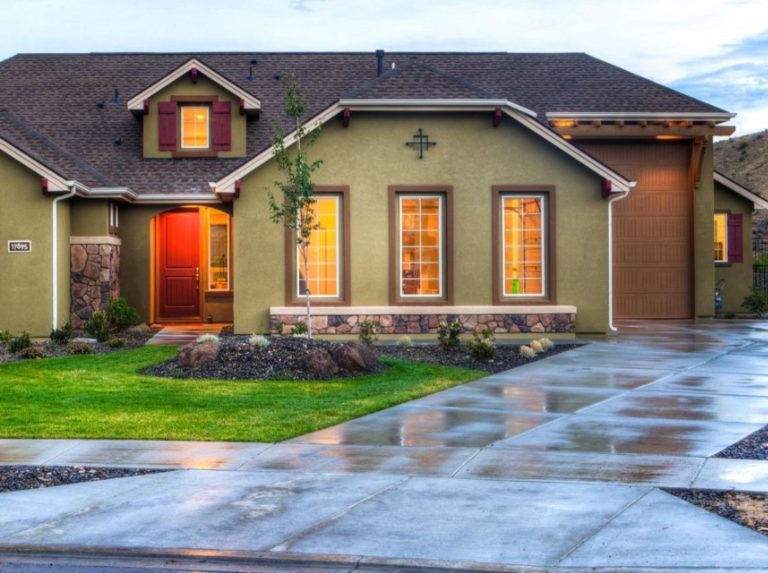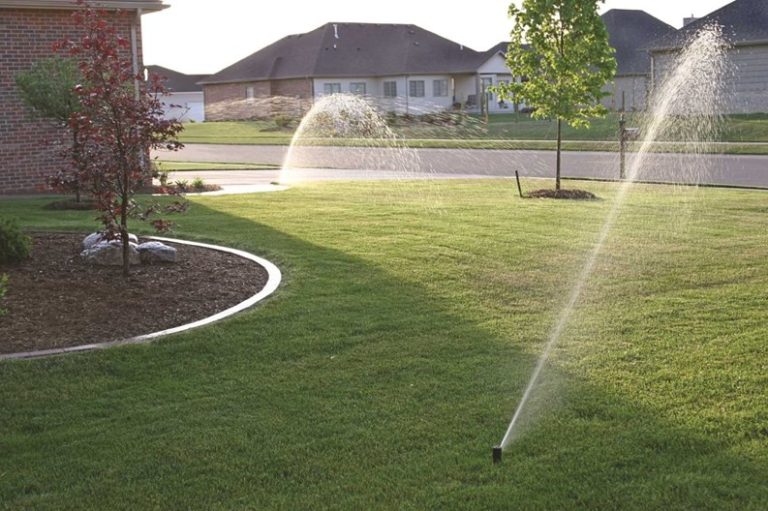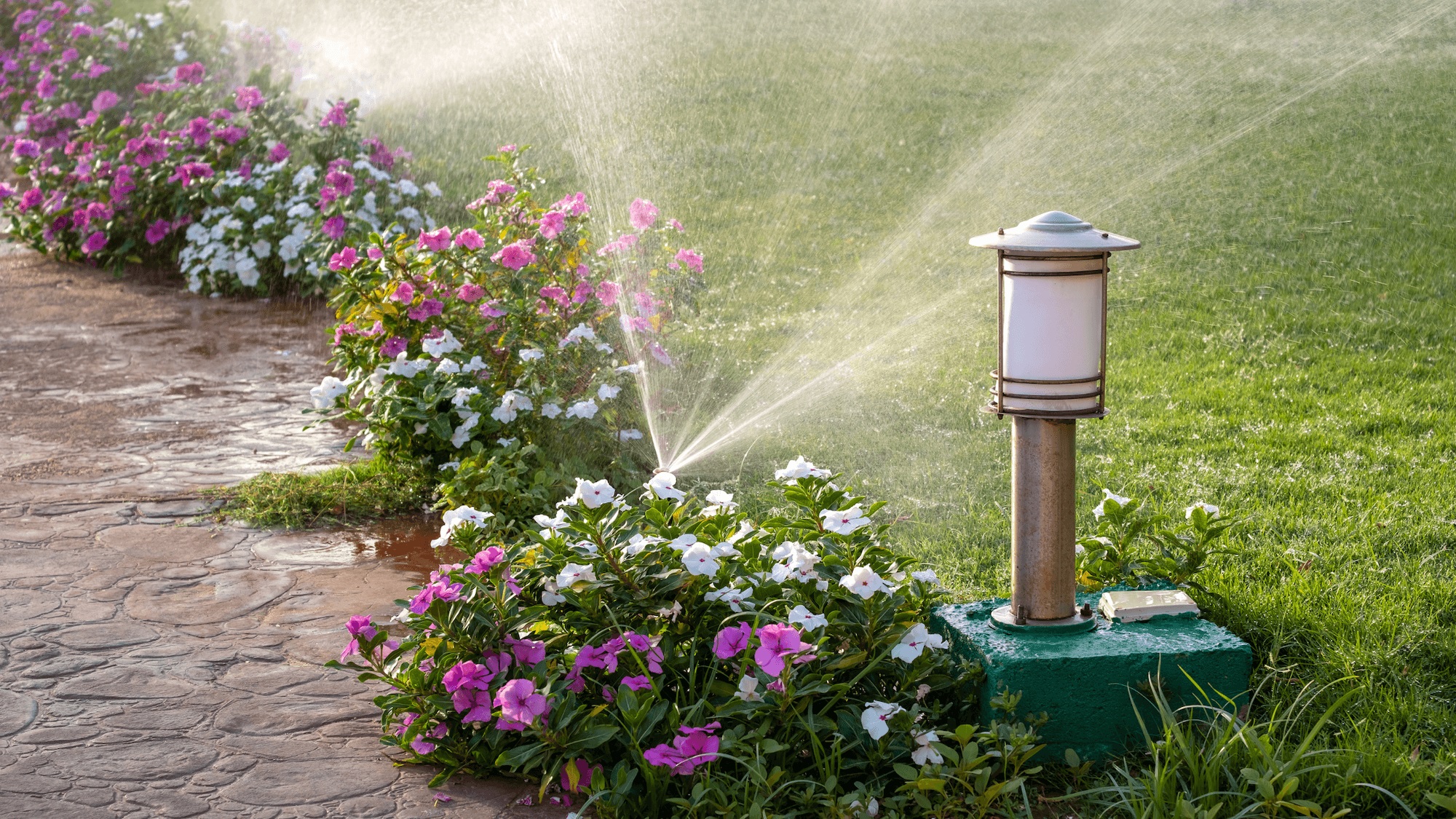

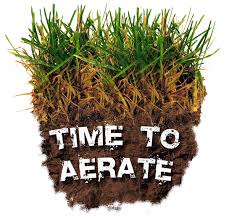
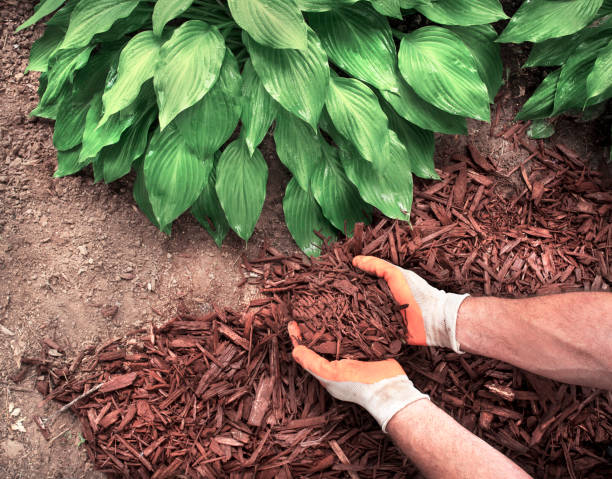

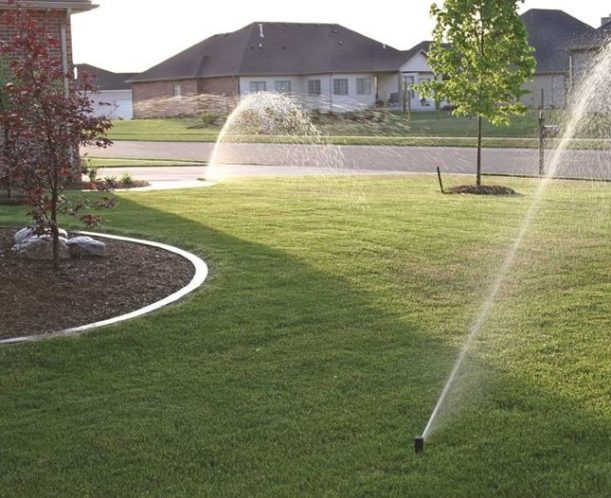
Proper Soil Preparation
Healthy soil:
The foundation of a water-efficient lawn. Ensure your soil is well-aerated and enriched with organic matter to promote water retention. Well-prepared soil allows water to penetrate deeply, reaching the root zone and reducing the need for frequent irrigation.
Efficient Irrigation Practices:
Optimize your irrigation practices to minimize water waste. Consider investing in a smart irrigation system that adjusts watering schedules based on weather conditions, soil moisture levels, and plant needs. Watering early in the morning or late in the evening reduces evaporation and ensures optimal absorption.
Mulching for Moisture Retention:
Mulching around plants and in garden beds helps retain soil moisture by preventing evaporation. Mulch also acts as a protective barrier, regulating soil temperature and reducing the need for excessive watering.
Mastering the art of watering involves more than just setting a schedule. Use techniques like deep watering, which encourages roots to grow deeper in search of moisture. Avoid frequent, shallow watering, as it can promote shallow root development and increase water loss through evaporation.
Irrigation Practices and Watering Techniques
Lawn Aeration:
Regular lawn aeration promotes better water penetration and absorption. By creating channels for water and nutrients to reach the roots, aeration enhances the overall health of your lawn and reduces the necessity for excessive watering.
Regular Lawn Maintenance:
Keep your lawn well-groomed through regular mowing and trimming. Longer grass shades the soil, reducing evaporation and preserving moisture. Avoid cutting more than one-third of the grass height in a single mowing session to maintain optimal growth.
Drought-Tolerant Landscaping:
Integrate drought-tolerant plants, shrubs, and trees into your landscaping design. These hardy species are adapted to thrive in arid conditions, requiring less water to flourish.
Benefits of a Water-Efficient Lawn
Conservation of Water Resources
A water-efficient lawn plays a crucial role in conserving water resources, contributing to environmental sustainability, and practicing responsible water management.

Lower Water Bills:
By adopting water-efficient practices, you not only contribute to environmental conservation but also enjoy the practical benefit of reduced water bills.
Healthier Lawn Ecosystem:
Water-efficient practices contribute to a healthier lawn ecosystem by promoting robust root systems, reducing the risk of water-related diseases, and supporting the overall well-being of your grass and plants.
Resilience in Drought Conditions:
A lawn designed for water efficiency is more resilient during periods of drought. It can withstand water restrictions and remain vibrant even in challenging conditions.
Environmental Stewardship:
Creating a water-efficient lawn aligns with the principles of environmental stewardship. It's a conscious choice to minimize your ecological footprint and contribute to a more sustainable future.
In conclusion
